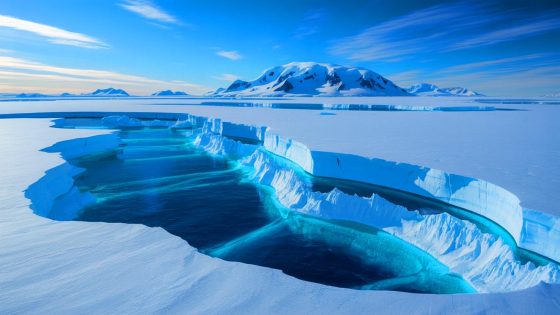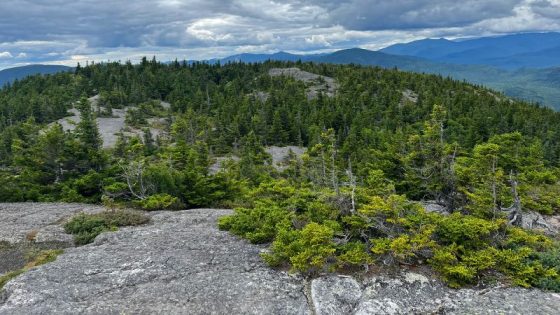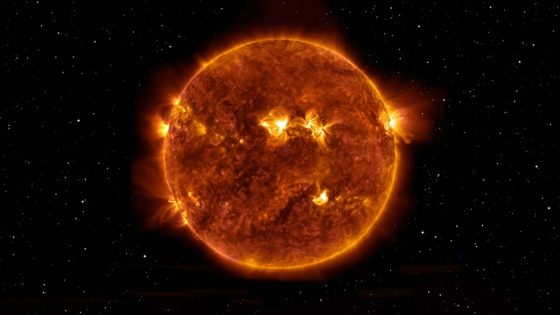Recent studies reveal that Antarctica’s hidden geological features, particularly the ancient Transantarctic Mountains, are crucial for understanding climate dynamics. These mountains, stretching over 2,175 miles, significantly influence ice flow and thickness.
- Transantarctic Mountains influence ice flow dynamics.
- Thermochronology reveals Earth's tectonic history.
- Fossilized trees indicate past climate conditions.
- Mountains act as a geological barrier.
- Discoveries impact understanding of climate change.
- Modern techniques unveil Antarctica's geological secrets.
As scientists explore these buried formations, they employ techniques like thermochronology to uncover Earth’s tectonic movements and glaciation cycles. On August 24, 2025, researchers are expected to present new findings that could reshape our climate models.
One key question arises: how do these ancient mountains affect global climate patterns? Understanding their influence is essential as we face rising sea levels and shifting weather systems. Consider these points:
- The mountains act as a natural divide, affecting geological evolution.
- Fossilized remnants provide clues about historical climates.
- Research may reveal older mountain ranges beneath East Antarctica.
- Insights could enhance models predicting climate responses.
As we continue to uncover the secrets of Antarctica, these findings could lead to significant advancements in climate science. How will we adapt our strategies to address the challenges posed by these revelations?

































